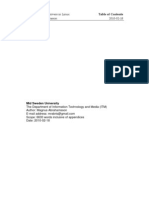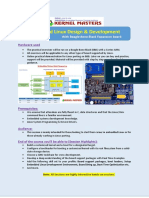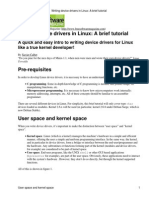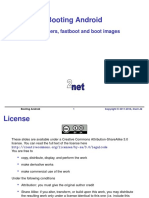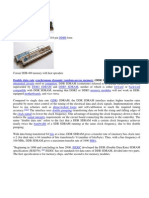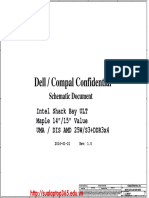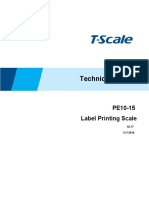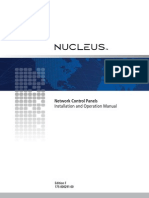0% found this document useful (0 votes)
170 views32 pagesLinux Kernel Driver
The document provides an introduction to Linux kernel driver programming. It discusses the need for a device model to support drivers across different hardware architectures and devices. It describes the main data structures in the Linux device model, including bus_type, device_driver and device structures. It provides examples of registering USB and platform drivers and devices. It explains how drivers are matched to devices and the role of the probe function in initializing devices.
Uploaded by
scuser.pokeCopyright
© © All Rights Reserved
We take content rights seriously. If you suspect this is your content, claim it here.
Available Formats
Download as PDF, TXT or read online on Scribd
0% found this document useful (0 votes)
170 views32 pagesLinux Kernel Driver
The document provides an introduction to Linux kernel driver programming. It discusses the need for a device model to support drivers across different hardware architectures and devices. It describes the main data structures in the Linux device model, including bus_type, device_driver and device structures. It provides examples of registering USB and platform drivers and devices. It explains how drivers are matched to devices and the role of the probe function in initializing devices.
Uploaded by
scuser.pokeCopyright
© © All Rights Reserved
We take content rights seriously. If you suspect this is your content, claim it here.
Available Formats
Download as PDF, TXT or read online on Scribd
/ 32


